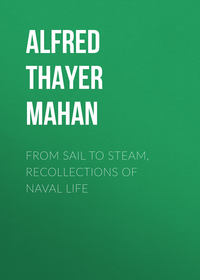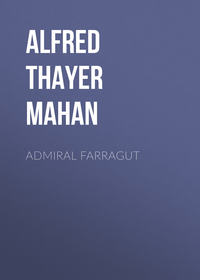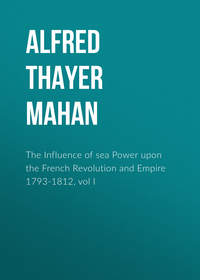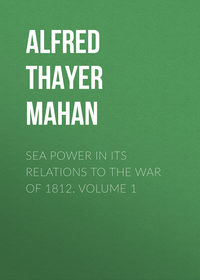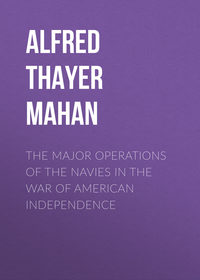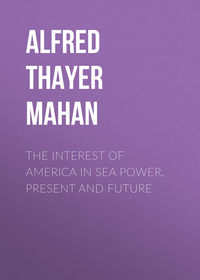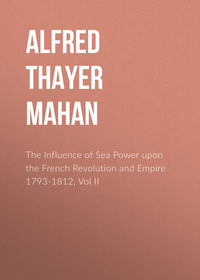Sea Power in its Relations to the War of 1812. Volume 2
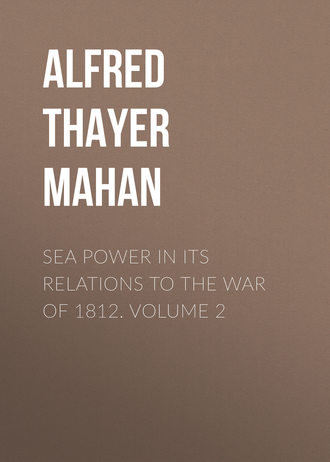 полная версия
полная версияSea Power in its Relations to the War of 1812. Volume 2
Жанр: учебная и научная литературазарубежная классиказарубежная старинная литературазарубежная образовательная литератураисторическая научная и учебная литератураобщая историязнания и навыки
Язык: Английский
Год издания: 2018
Добавлена:
Настройки чтения
Размер шрифта
Высота строк
Поля


